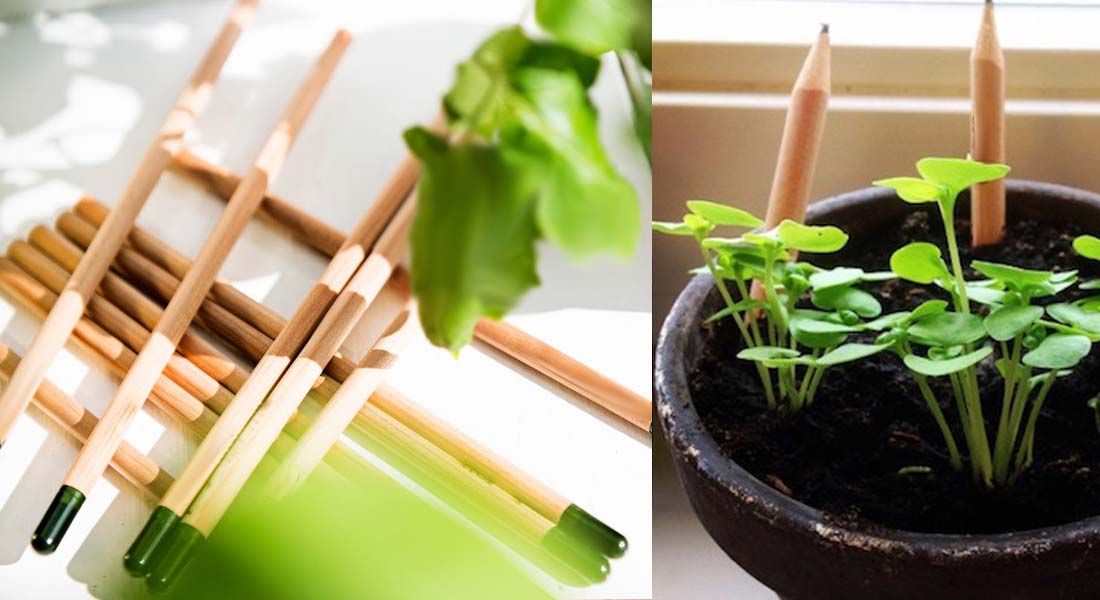
03 Sep Out of all eco-friendly products, biodegradable ones may be the most misunderstood
Other products are considered green not because they reuse old materials, but because they are positively changing the environment. For instance, electronics suppliers are reducing the amount of internal lead soldering normally used in making USB flash drives. The change, originating from efforts to reduce lead levels, has resulted in the creation of a more earth-friendly product overall. Standard products decorated with only environmentally friendly ink coatings can make the same claim. Even though the products don’t necessarily fit into any of the normal green descriptions, they still promote a healthier environment
Breaking It Down Out of all eco-friendly products, biodegradable ones may be the most misunderstood. Most consumers mistakenly believe that the term biodegradable means the product will disappear completely in a year or less, according to a 2006 consumer survey by the American Chemistry Council. Most also believe that the material won’t harm the environment. Yet only products containing materials that “break down and decompose into elements found in nature within a reasonably short amount of time when exposed to air, moisture and bacteria or other organisms” can be marketed as biodegradable, according to the Federal Trade Commission (FTC). Most biodegradable products purport to break down more quickly in landfills. While a seemingly logical claim, evidence shows this is not wholly possible. The FTC acknowledges that even products appropriately labelled may not break down easily if they are buried in a landfill or otherwise unexposed to sunlight, air and moisture—key agents of biodegradation. In direct contradiction, Organic: Produced without using fossil fuel-based fertilizer, synthetic pesticides or genetically modified plants. Sustainable/Renewable: Made from sustainable or renewable materials that can be replenished easily (i.e., using plant fibers such as bamboo, hemp or cotton rather than wood or materials made from petroleum). Reusable: Designed to be used repeatedly for an extended time period. Recycled: Made from recycled materials that come from previously used consumer products (post-consumer waste); from scraps created during the manufacturing process otherwise earmarked for landfills (post-industrial waste); or other waste (elephant dung). Recyclable: Produced using materials that can be reclaimed and reinvented into usable products. Compostable/Biodegradable: Manufactured from materials able to decompose safely in the environment. Both natural, biodegradable materials such as paper or plastic made of polylactic acid (PLA) derived from corn starch and synthetics such as bio-plastics with added accelerators belong in this group. G r e e n SPECIAL SEC TIO N Environmental Lessons 76 P P B N O V E M B E R 2 0 0 8 THIS SPECIAL SECTION IS PRINTED ON 10% RECYCLED PAPER Out of all eco-friendly products, biodegradable ones may be the most misunderstood. Today’s landfills are purposely engineered to eliminate moisture and to retard degradation. In fact, researchers have found legible 30-year-old newspapers, 10-year-old hot dogs and five-year-old lettuce still intact in landfills. They are more like time capsules than compost piles. The most environmentally friendly way to dispose of biodegradable and compostable products is to compost them with other organic matter. The problem is that most curbside recycling programs do not offer composting, so items must be sent to specific industrial facilities. Unfortunately, few such refuse facilities exist in the United States, further minimizing their eco-friendly claims. Recycling is not always a viable option, either. Biodegradable plastics, for instance, typically have a lower melting point than traditional plastics, which means that mixing even a small amount of biodegradable material into the traditional recycling stream can weaken the entire line, often prompting the recycling facility to remove them and place them with typical landfill waste. Recycling facilities set up to handle biodegradable material do exist but are not readily available to consumers. As a result, end users must research proper disposal methods for each varying brand and type of biodegradable material being offered. Additionally, most biodegradable plastics treated with accelerants will eventually degrade into small fragments of polymer, which persist in the environment for years until fully degraded. Until the products completely break down, they pose the same danger as non-biodegradable products and hence have the same short-term potential to harm wildlife and create litter problems. Accelerated chemical breakdown also speeds up the release of methane gas, a core component of plastic and a known contributor to the greenhouse effects on our ozone layer. These plastics degrade best in hot, humid conditions where microbes flourish, meaning consumers must consider where they store their biodegradable products. Cool, dry areas are preferred. Most also have a shorter-than-usual shelf life, so predicting the life of an ongoing promotion could create challenges. From a cultural perspective, the real elephant in the room is that the term biodegradable also connotes disposable, and thus the consumption of such products promotes a throw-away mentality among many members of society. Such a belief does not advance our planet’s environmental needs to reclaim and reuse our natural resources. Until the number of compost facilities increases enough to support community curbside pickups, biodegradable products, for the most part, don’t seem to be a truly ecological choice.
